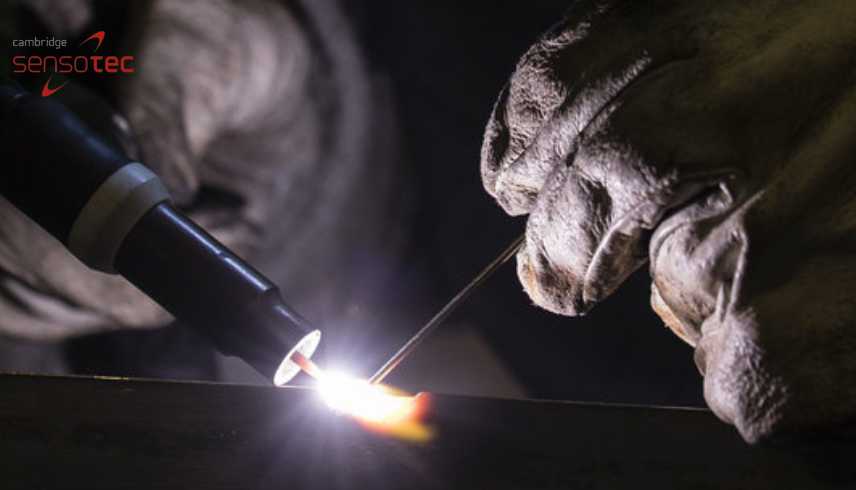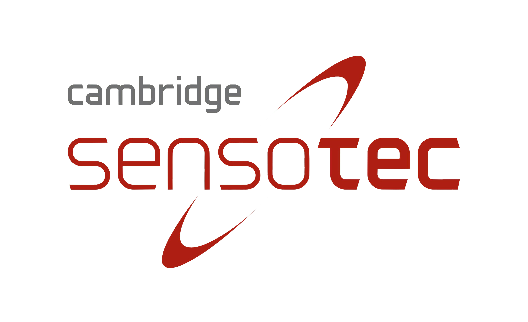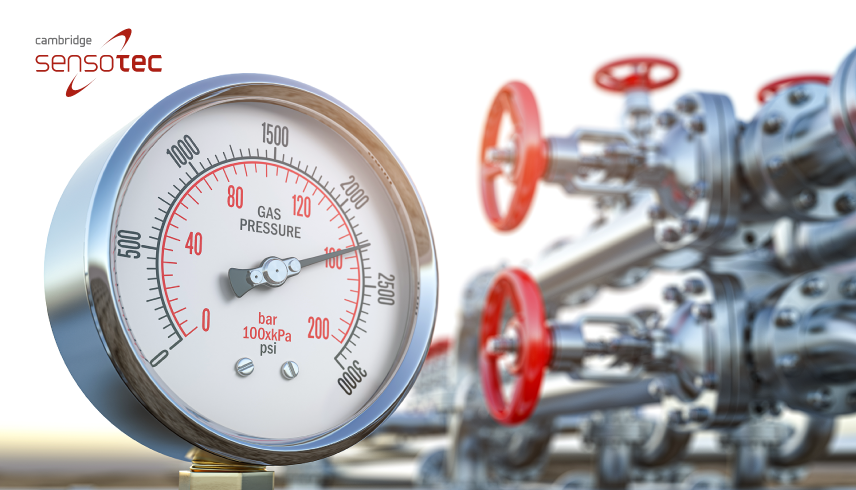

The Role of Analysing Gas in 3D Metal Printing
In the realm of modern manufacturing, 3D metal printing has emerged as a ground-breaking technology, enabling the creation of intricate and robust metal parts. This revolutionary process has found applications across industries, from aerospace to healthcare. Amidst the marvels of 3D metal printing, one often overlooked aspect plays a pivotal role in achieving impeccable print quality and material properties – the analysis of gases within the printing environment.
Understanding 3D Metal Printing
Evolution and Advancements in Metal Additive Manufacturing
3D metal printing, also known as metal additive manufacturing, has traversed a remarkable journey from its nascent stages to the cutting-edge technology it is today. The ability to construct intricate geometries layer by layer has revolutionised how engineers and designers approach metal component production.
Key Techniques in 3D Metal Printing
Several techniques drive 3D metal printing, each catering to specific use cases. Powder Bed Fusion (PBF) involves selectively fusing metal powder using lasers or electron beams, offering high precision. Directed Energy Deposition (DED), on the other hand, focuses energy onto a specific point, ideal for repairing or adding material to existing components. Additionally, Binder Jetting processes use a liquid binder to fuse metal powders, providing cost-effective production.
Importance of Controlling Printing Environment
The printing environment in 3D metal printing significantly impacts the final product’s quality and characteristics. This is where the role of gas analysis becomes pronounced.
Influence of Gas Atmosphere on Printing Outcomes
The gas composition surrounding the printing process directly influences outcomes. A controlled atmosphere ensures minimal oxidation during printing, preventing defects and maintaining material integrity. This emphasises the necessity of gas analysis to monitor and optimise printing conditions.
Gas Analysis in 3D Metal Printing
Monitoring and Optimising Print Quality
Gas composition analysis emerges as a crucial aspect of maintaining print quality. By analysing the gases emitted during printing, experts can detect deviations from the desired composition. This enables timely adjustments to prevent defects and inconsistencies in the final product.
Detection of Contaminants and Impurities
Impurities and contaminants pose significant threats to the structural integrity of printed components. Gas analysis techniques can identify these unwanted elements, allowing manufacturers to intervene and ensure the end product’s reliability and safety.
Enhancing Mechanical Properties
Heat Treatment and Gas Atmosphere
Heat treatment, a post-printing process, can significantly enhance the mechanical properties of printed components. The gas atmosphere during heat treatment plays a pivotal role in determining the final material properties. Precise gas analysis helps in tailoring the heat treatment environment to achieve optimal mechanical characteristics.
Gas Analysis for Alloy Development
The development of new alloys involves intricate manipulation of material compositions. Gas analysis aids researchers in understanding how different gases interact with metals during printing and heat treatment, leading to the formulation of innovative alloys with tailored properties.
Gas Atmosphere Considerations
Oxygen Control and Inert Gas Environment
Oxygen, often considered an enemy in metal printing due to its potential to cause oxidation, requires stringent control. Inert gases like argon and nitrogen are commonly employed to create oxygen-free environments, ensuring the quality of printed components.
Preventing Oxidation in Metal Printing
Oxidation can weaken printed structures, rendering them unusable. By employing gas analysis to maintain a controlled atmosphere, manufacturers can prevent oxidation-related failures and ensure the longevity of printed parts.
Types of Inert Gases and Their Applications
Different inert gases have specific applications based on factors such as thermal conductivity and reactivity. Argon, for instance, is widely used for its inertness, while nitrogen finds its place in applications demanding controlled cooling.
Hydrogen and Reactive Gases
Hydrogen’s Impact on Material Properties
Hydrogen, despite its reactivity, can be a valuable asset in certain printing processes. It can influence material properties, such as hardness and microstructure, offering opportunities for tailoring components for specialised applications.
Challenges and Safety Measures with Reactive Gases
Working with reactive gases like hydrogen necessitates stringent safety measures due to their flammable and potentially explosive nature. Gas analysis not only helps optimise printing outcomes but also ensures the safety of the manufacturing environment.
Gas Monitoring and Analysis Techniques For 3D Metal Printing
Measurement Methods & Gas Sensing
Various techniques enable precise gas analysis. Mass spectrometry allows for the identification and quantification of gas components, while gas chromatography separates complex gas mixtures for detailed analysis. Infrared spectroscopy provides real-time information about gas composition.
Real-time Monitoring Systems in 3D Metal Printing
Benefits of In-Process Gas Analysis
Real-time gas analysis during the printing process offers immediate feedback, enabling operators to make adjustments on the fly. This minimises defects and reduces material wastage, leading to cost savings and enhanced productivity.
Integration with Process Control
Integrating gas analysis data with process control systems creates a closed-loop feedback mechanism. This dynamic control ensures that printing conditions remain optimal throughout the entire manufacturing process.
Future Trends in Gas Analysis and 3D Metal Printing
Advancements in Gas Analysis Technologies
As technology evolves, so do gas analysis techniques. Miniaturised and more precise sensors are on the horizon, enabling even finer control over printing environments and material properties.
Industry Collaboration and Research Directions in 3D Metal Printing
The convergence of expertise from material science, engineering, and gas analysis is set to propel 3D metal printing into new dimensions. Collaborations between researchers, manufacturers, and gas analysis specialists will drive innovations and redefine the possibilities of additive manufacturing.
Summary
The role of gas analysis in 3D metal printing cannot be overstated. From print quality optimisation to alloy development and safety assurance, gas analysis influences every facet of the additive manufacturing process. As technology continues to advance, the synergy between gas analysis and 3D metal printing promises a future where complex, high-performance components can be created with unparalleled precision and efficiency.


